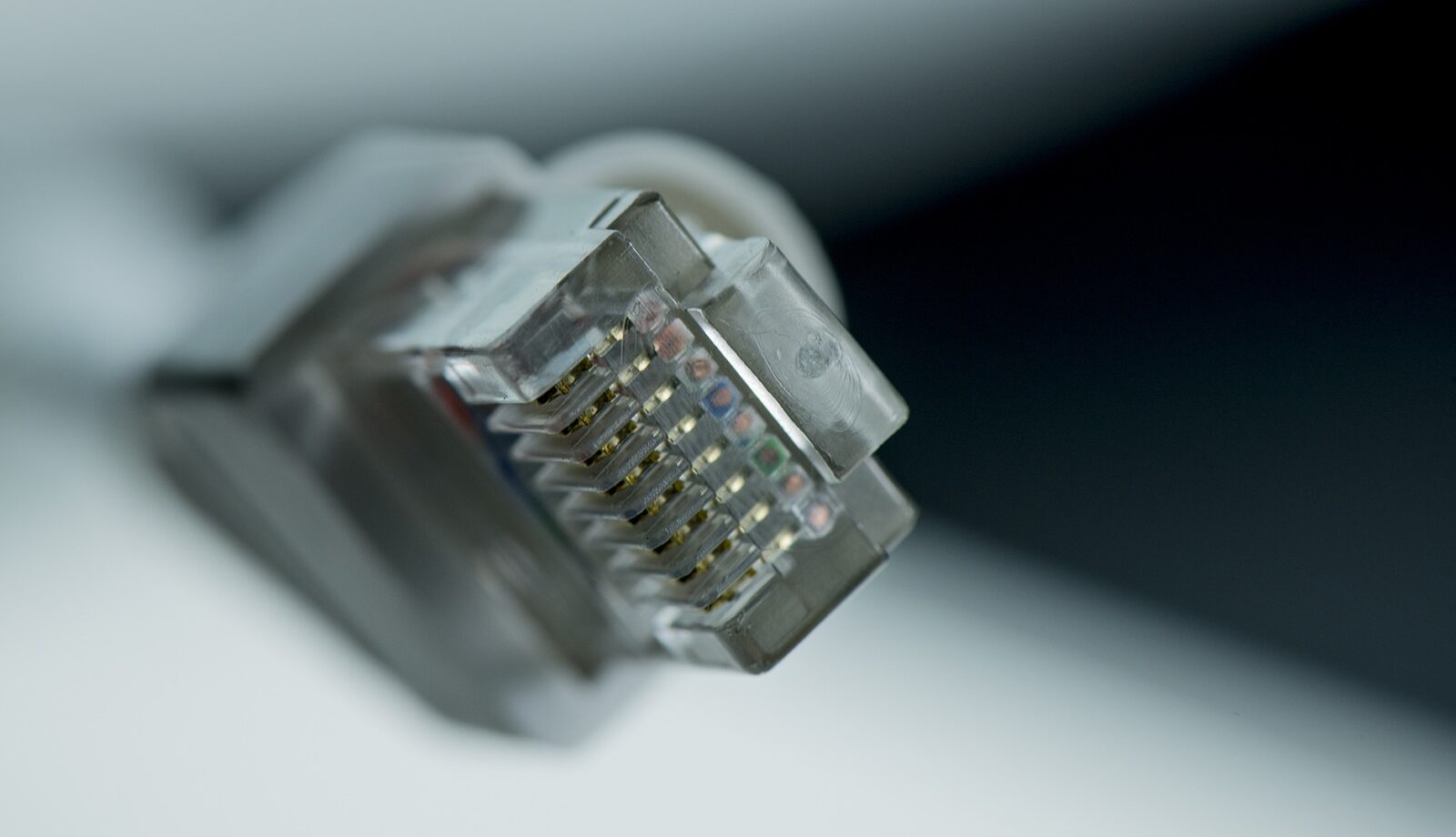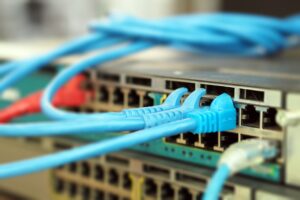To choose the right network cable, first determine your speed requirements and transmission distance, then consider factors like interference in your environment and your budget to select the appropriate cable category (e.g., Cat6, Cat6a). For most home and small office networks, Cat6 is often a good balance of performance and cost, offering reliable speeds and a good level of future-proofing.
How to know which cable to use?First, measure the highest permissible voltage drop. Second, calculate the load current. Third, you must know that the most appropriate cable will be one that has a current rating closest to the load current calculated. Several charts with cable sizes and corresponding current ratings are easily available online.
1. Determine your Speed Needs
-
1 Gbps Networks:For a standard home or small office, speeds of 1 Gbps are sufficient, and a Cat5e cable is often enough.Higher Speeds:If you need faster speeds, such as for data centers or future-proofing, you will need a higher category like Cat6 or Cat6a.
2. Consider the Distance
-
Standard Lengths:Network cables typically have a maximum transmission distance, usually around 100 meters or 328 feet.
-
Longer Runs:For longer cable runs or higher speeds, you might need a higher-performance cable with better shielding, such as a Cat6a.
3. Assess the Environment and Interference
-
High Interference Areas:If your network is in an area with high electromagnetic interference (EMI) or radio frequency interference (RFI), such as near power lines or heavy machinery, opt for shielded cables (STP or UTP).
-
Indoor Environments:For most indoor environments, unshielded cables (UTP) are generally sufficient and more cost-effective.
4. Choose the Right Cable Category
-
Cat5e:Supports up to 1 Gbps and 100 MHz, suitable for basic home and office use.
-
Cat6:Offers faster speeds (up to 10 Gbps on shorter runs) and better bandwidth than Cat5e, making it a good choice for many modern networks.
-
Cat6A:Provides enhanced performance, supports 10 Gbps over longer distances, and is recommended for more demanding applications.
-
Cat7/Cat8:Offer the highest performance but are typically more expensive and are best suited for high-speed, data-center environments.
5. Factor in Budget and Quality
-
Balance Performance and Cost:Choose a cable that meets your current and future needs without overspending on unnecessary features.
-
Buy from Reputable Vendors:Always purchase cables from a reputable vendor to ensure they are high-quality and meet the claimed specifications, avoiding “Copper Clad Aluminium” (CCA) cables which are not up to standard.



